
Why do muscle cramps occur in thighs?
As for the most common inducers of muscle cramps in thighs, the first to mention are definitely overuse, strain and injury to the muscles. This is also why those who exercise are advised to perform stretching before starting with exercising of any kind. On the other side, if a person spends a lot of time sitting in one position, these cramps are very likely to occur because of reduced supply of oxygen to the muscles in thighs. Dehydration and problems with the circulation of the blood can also result in muscle cramps in question, although they can also be a side effect of certain medications.
How to deal with them?
It might be very useful to try to find out what actually causes muscle cramps in thighs, because in some cases it is much easier to prevent them once the culprit is recognized. It is important to know that there is no reason for a person to run to the doctor right away. Instead, there are some things that everyone can do at home in order to reduce the discomfort or even pain that they tend to cause. Applying the ice packs on the affected area, or rubbing it onto the thigh can provide significant help. Applying heating pads can also help because it stimulates circulation of blood in that area, but taking a hot shower can do the same. Massage with gentle strokes will also bring improvement and relief, and there is no need for a professional in this case.
- www.nhs.uk/conditions/leg-cramps/
- www.betterhealth.vic.gov.au/health/conditionsandtreatments/muscle-cramp
- Photo courtesy of Steven Pisano by Wikimedia Commons: commons.wikimedia.org/wiki/File:Bishop_Loughlin_Games_-_Armory_-_Track_%26_Field_(11609407975).jpg



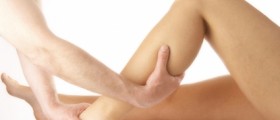


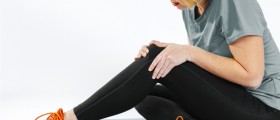

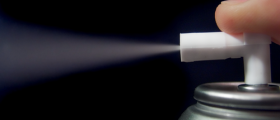
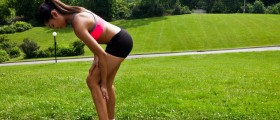
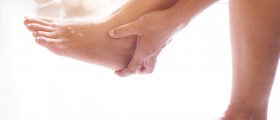


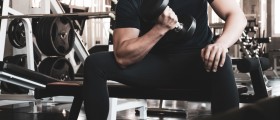
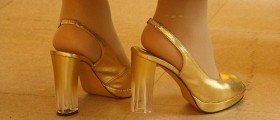
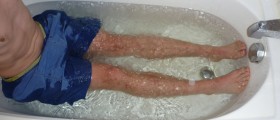

Your thoughts on this
Loading...